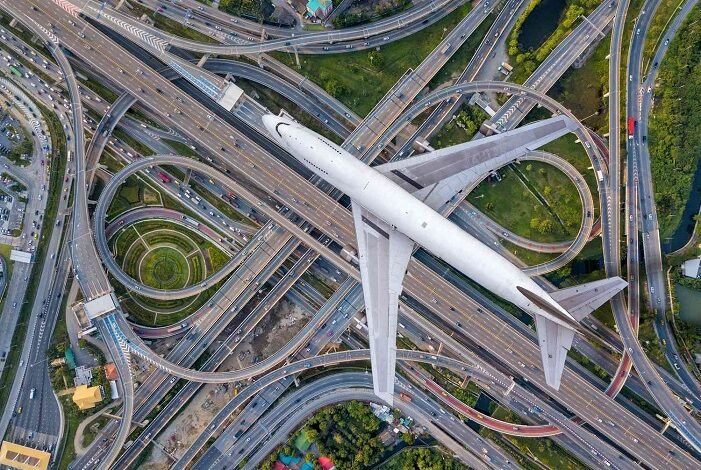Flying vs. Driving: Which is Safer?

When planning a trip, one of the biggest decisions you’ll make is whether to fly or drive. Both modes of transportation have their pros and cons, but when it comes to safety, many people wonder which is the better option. With experience in both flying and driving, I can help break down the safety aspects of each so you can make an informed decision.
The Numbers Don’t Lie: Flying is Safer
Statistically, flying is much safer than driving. According to the National Safety Council, the odds of dying in a car accident are about 1 in 107. On the other hand, the odds of dying in a plane crash are roughly 1 in 11 million. These numbers alone make it clear that flying is significantly safer.
Airlines operate under strict regulations, and pilots undergo extensive training to ensure passenger safety. Moreover, air traffic is monitored constantly, and planes are equipped with advanced technology to handle various situations. Despite the rare occurrences of accidents, the aviation industry has a strong safety record.
The Reality of Driving Risks
While driving might feel safer because you’re in control, the reality is that it’s riskier. Roads are filled with potential hazards: distracted drivers, unpredictable weather conditions, and even wildlife can make driving dangerous.
Driving also involves more frequent and closer interactions with other vehicles, which increases the chances of collisions. While you may be an experienced driver, you cannot control the actions of others on the road. This unpredictability makes driving inherently more dangerous than flying.
Convenience vs. Safety
Many people choose to drive because it seems more convenient, especially for shorter distances. You can leave on your schedule, avoid airport security, and enjoy the freedom of stopping whenever you like. However, this convenience comes at a cost—your safety.
On longer trips, fatigue can set in, increasing the risk of accidents. Long hours behind the wheel can lead to drowsiness, which is a leading cause of car accidents. On the other hand, flying may involve more time upfront for security and boarding, but once you’re in the air, you can relax and let the pilots handle the journey.
Weighing Your Options
When deciding whether to fly or drive, consider the distance, your comfort level with both options, and most importantly, safety. For long distances, flying is almost always the safer choice. For shorter trips, driving might be more convenient, but keep in mind the risks involved.
If safety is your top priority, flying is the clear winner. While driving can be safe with proper precautions, the statistics overwhelmingly favor flying as the safer mode of travel.
Conclusion
In the debate between flying and driving, safety should be your main concern. With extensive experience in both, I can confidently say that flying is generally safer. The next time you’re planning a trip, remember that while driving may seem easier, flying offers a level of safety that driving simply cannot match.





